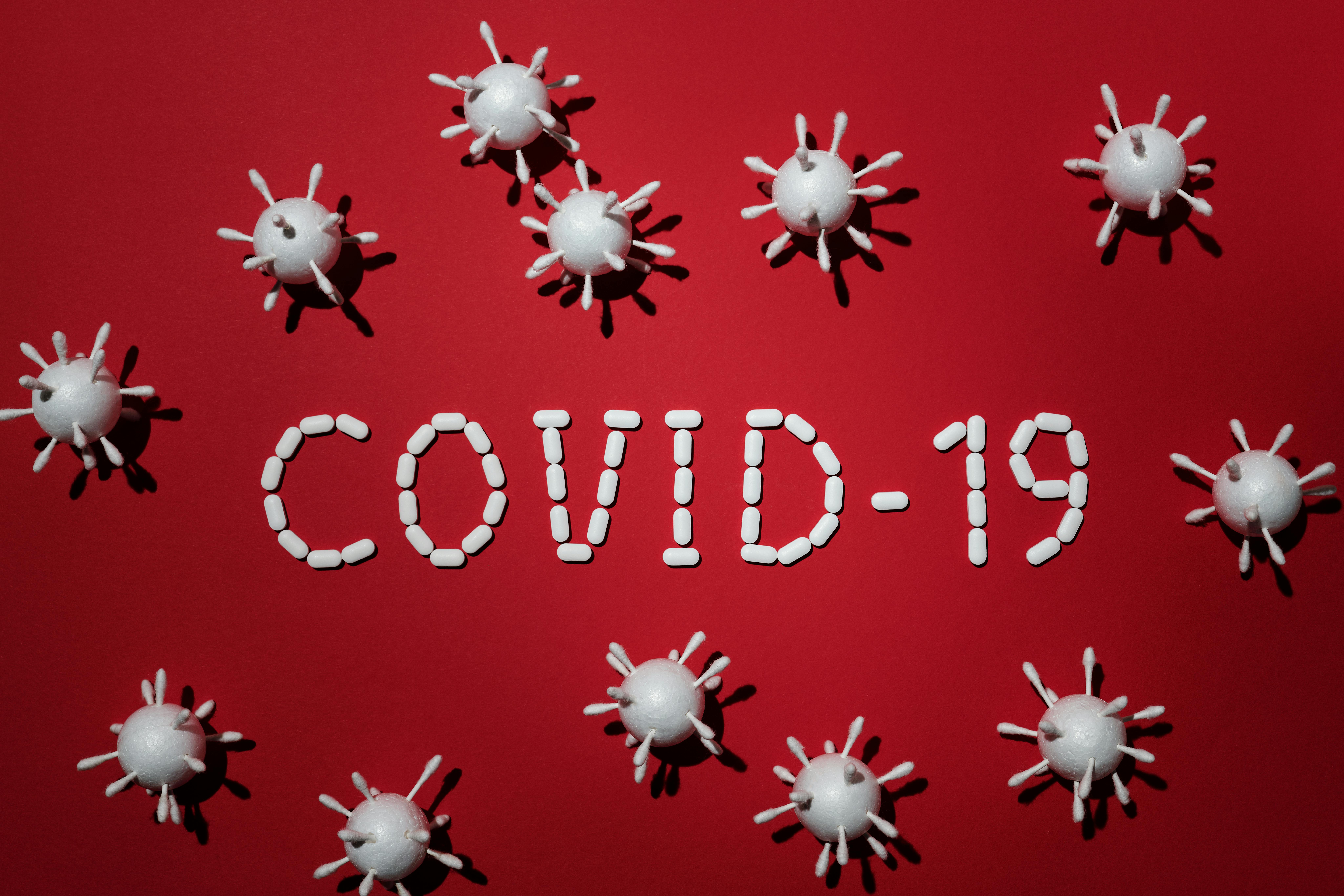Drinking alcohol in excess, even for one week, can be all it takes for your liver to start accumulating fat in the liver, leading to alcohol-related fatty liver disease. A growing concern on the flip side is non-alcoholic fatty liver disease (NAFLD), which continues to impact millions around the world. Since the mechanistic understanding of this condition isn’t as clear as it’s alcohol-related variant, Chinese researchers have now conducted a careful literature survey to develop a comprehensive review of a potential drug target.
Retinol, more commonly referred to as vitamin A, is a fat-soluble vitamin that primarily resides in the liver and is transported to other organs in the body by binding to retinol-binding protein-4 (RBP4). However, research regarding the role of RBP4 in the development of insulin resistance and obesity has remained scarce until more recent years. Additionally, while there have been numerous observational studies that have showed a relationship between RBP4 and NAFLD risk, the results consistently contradict each other.
Scientists at the Zhejiang University School of Medicine have now successfully compiled the most recent and significant clinical findings regarding this topic. The team points to a 2005 publication that reports an association between high RBP4 levels and insulin resistance, but also includes plenty of research that contradicts this relationship. One Turkish study concludes that higher levels of serum RBP4 were seen in obese children with non-alcoholic fatty liver disease.
Conversely, an Italian study finds a negative correlation between serum RBP4 levels and NAFLD severity in pediatric patients with the condition.
“It is worth noting that none of these studies found a significant correlation between serum RBP4 level and body mass index, waist circumference, and fasting plasma glucose or insulin levels, although the correlation has been confirmed in a large body of studies,” says corresponding author Dr. Chenfu Xu, a principal investigator at the academy, in a statement.
This review helped put things in perspective for this team, providing valuable insight on the behind-the-scenes physiology. They now look to other scientists and researchers who are doing the hands-on non-alcoholic fatty liver disease research to conduct stronger studies with well-designed methodology. By improving these efforts, large-scale clinical trials can get underway and possibly begin to address treatment gaps when it comes to therapy for this condition.
“In recent years, the prevalence of NAFLD-associated hepatocellular carcinoma has shown an increasing trend in many countries. The proportion of hepatocellular carcinoma attributed to NAFLD tripled from 3.8% in 2001–2005 to 12.2% in 2006–2010 in Korea. Similarly, this proportion increased from 2.6% in 1995–1999 to 19.5% in 2010–2014 in France. Therefore, NAFLD poses a substantial burden on global health resources and the economy,” Xu adds.
This study is published in the journal Chinese Medicine.












